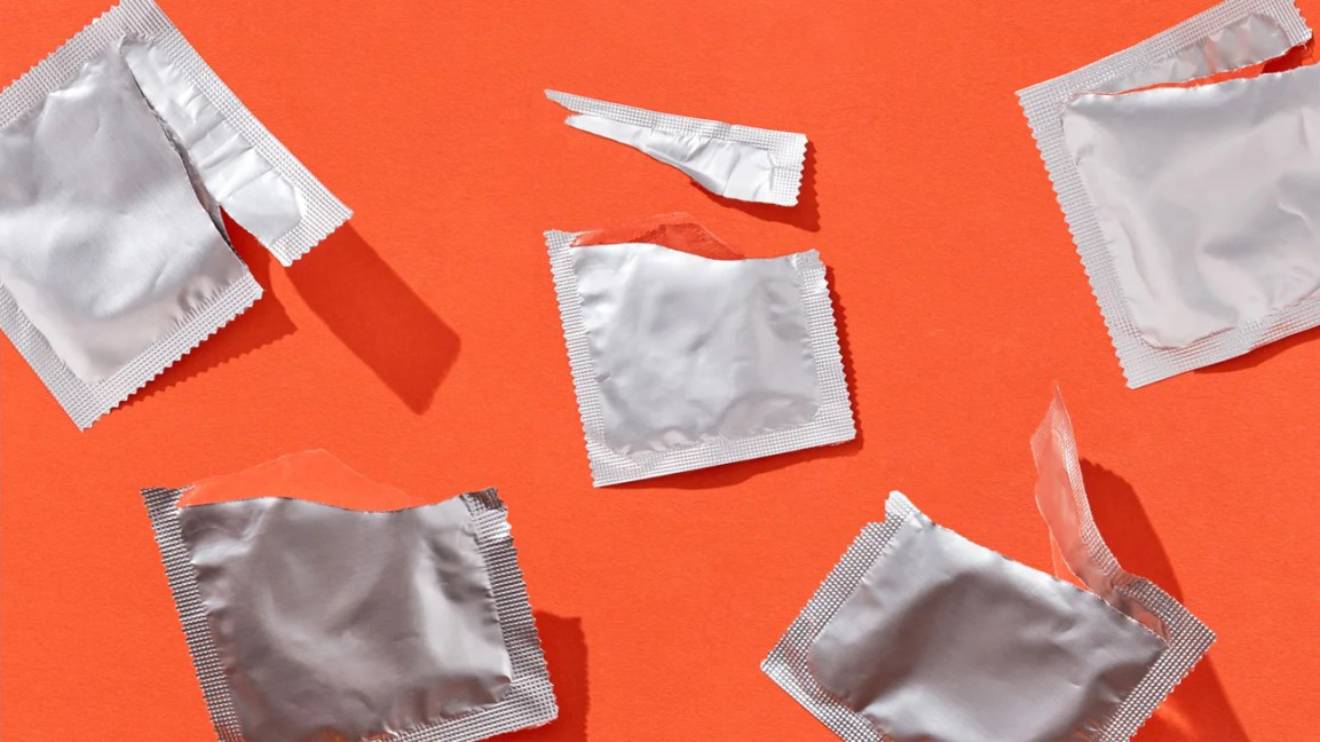By Tonny Omondi Blair
Condoms have a long and fascinating history dating back to ancient times.
The Ancient Romans reportedly used animal bladders as protective barriers during intercourse.
The first documented use of a condom in Europe was in the mid-15th century by the anatomist Falloppio.
By the 18th century, the first male rubber condom was invented, revolutionizing contraception and protection against sexually transmitted diseases.
Read More
By the mid-19th century, condoms found their way into Kenya, primarily to prevent HIV/AIDS, unwanted pregnancies, and sexually transmitted infections (STIs).
Over time, advancements in technology led to more refined versions, including female condoms, offering greater options for protection.
While the benefits of condoms in promoting sexual health are undeniable, one crucial issue remains largely ignored, proper disposal.
The careless disposal of used condoms is becoming a silent menace in society. In urban centres and residential areas, discarded condoms are commonly found around lodgings, homes, streets, and rubbish pits.
This poses a significant health risk, particularly to children, who, out of ignorance or curiosity, may come into contact with them.
One disturbing reality is that street children often mistake used condoms for balloons, inflating them without realising the potential dangers.
The lubricants and residues on used condoms are not meant for ingestion and could expose children to infections. Unfortunately, this problem extends beyond street children.
Even those in regular homes are at risk, especially when parents neglect their responsibility of educating their children about hygiene and health.
Beyond the health hazards, improper condom disposal contributes to environmental pollution. Condoms, primarily made of latex or polyurethane, are not biodegradable.
When carelessly discarded in open spaces, they accumulate and disrupt ecosystems. They may clog drainage systems, create unsanitary conditions, and contribute to visual pollution.
Over time, this negligence leads to a cycle of pollution that affects both human health and the environment.
Proper condom disposal should be a collective responsibility.
It is essential to instil a sense of accountability in every individual to ensure that these protective tools do not become sources of harm.
Used condoms should always be wrapped in tissue or biodegradable material and disposed of in designated waste bins.
In addition, there is a need for community awareness programs targeting both adults and children on the importance of proper waste disposal, health risks, and environmental conservation.
Furthermore, society must take proactive steps in supporting street children by educating them on hygiene and equipping them with the knowledge necessary to protect themselves from health hazards.
Parents, educators, and policymakers must work together to bridge the knowledge gap and create a safer, cleaner environment for all.
In conclusion, while condoms play a crucial role in promoting sexual health, their careless disposal poses hidden dangers.
Let us act responsibly, respect our environment, and protect the health and dignity of our children.
Tonny Omondi Blair is an Environmental Activist





-1753808187.jpeg)



 shares a light moment with the company's Group CEO Dr Patrick Tumbo (right) at a past event-1758121528.jpeg)
-1758116028.jpeg)

